
By now, the concept of climate change is taken as fact by all but a handful of scientists. But there are a few holdouts to the concept of climate change, just as a handful of individuals hold tight to the belief that the Earth is flat, that Loch Ness holds a giant monster, and that the growth on their back is nothing to worry about. Unfortunately, a cold look at the evidence (or is that a warm look?) shows that climate change is undeniable.
Climate change is not a new concept at all. Indeed, Svante Arrhenius suggested that increased carbon emissions may result in a greenhouse-like warming of the earth (in fact, he coined the term “greenhouse effect”). If his name sounds familiar, it should be to all aquarists. He is the guy who figured out what makes acids and bases – and if this sounds ancient, it was. Arrhenius was born in 1859 and proposed his greenhouse theory back in 1896. That's not a typo, that is EIGHTEEN ninety-six. That carbon containing gases will trap heat and increase the temperature of the Earth is, today, fairly basic physics, even ignoring the evidence we see with our own eyes.
However, one aspect of carbon dioxide emissions that is often ignored is its effect on the ocean. We'll discuss this first, and ramble our way back to warming.
Carbon dioxide does not exist in water. Carbon dioxide bonds with water to produce carbonic acid – the same stuff that, at higher concentrations, gives carbonated beverages their fizz. Carbonic acid is, well, acidic. You can demonstrate this pretty easily. Take a small, clear bottle or test tube and fill it with water. Add some water pH indicator until you can see the color. Now, take a straw and blow into the container. It'll turn to the acidic indicator color. (It should go without saying, but, be careful. Blow through the straw only. Don't drink your pH solution, and don't reuse the container for drinking.)
pH is a measure of acidity in a solution. It ranges from 0 to 14, with 7 being an ideal neutral. Values below seven are said to be acidic, while those above are said to be alkaline. The scale is logarithmic, meaning that each full value digit corresponds to a change by a power of ten. That is, to go from 7 to 6 means that the solution is ten times more acidic, and from 7 to 5 is not twice as acidic, but ten times ten times more acidic – a hundred times more acidic. Thus, very small changes in pH correspond to wild changes in actual acid concentrations.
Marine pH varies from place to place, but is held at a fairly constant value, and the organisms that live in the ocean are adapted to only a narrow range. In the early 1990s, ocean pH was measured at an average value of 8.104. Today, just twenty years later, it has dropped to 8.069, and it will reach 8.0 before 2050. Based upon paleo evidence, we know that the ocean had a pH as high as 8.179, on average, prior to the industrial revolution. While these numbers look tiny, keep in mind that from pre-industrial times to 1990, acid concentration increased by nearly 20 percent, and by today, nearly 30 percent. By 2050, it will have nearly doubled.
Aquarists know that many of our fishes can only survive at a fairly narrow range of pH. Acidic conditions may adversely affect spawning success, destroying eggs or lowering the overall fecundity of fishes and other organisms. Indeed, many species may simply be unable to survive as ocean pH continues to decrease.
Coral skeletons are made up of a calcium carbonate: aragonite. This is the same “lime” that builds up on faucets, the backs of aquariums, clogs showerheads, etc. An easy clean up for it is to dilute a cup of white vinegar with two or three cups of water, and either use it to wipe surfaces, or soak things in it. This works because vinegar is an acid, and acid easily breaks down the calcium carbonate. Overtime, acidic conditions reduce coral skeletons, utterly destroying reefs and damaging already stressed living corals.
It is important to note that it is not only corals that build skeletons of calcium carbonate, but a huge selection of organisms, ranging from tiny zooplankton and crustaceans to echinoderms and mollusks. These are important food items, not only for the ocean food chain, but also for us.
Increased carbon dioxide in ocean water may seemingly have one benefit – it'll increase primary productivity. After all, if one had a planted aquarium and wanted plants to grow better, adding CO2 would help, right? This is true of the ocean as well, with only one small problem. There aren't any aquatic plants in the ocean, just algae. Ask any reef aquarist what problems algae can cause to their aquarium: high densities of algae growing may smother corals, and many secrete chemicals that may inhibit the growth of corals.
Worse, high algal concentrations may be linked to population booms of certain coral predators. The infamous Crown of Thorns starfish has begun to appear in high densities across the Great Barrier Reef. This starfish eats corals, simply wandering over them and, well, sticking its stomach onto the coral and ingesting it (or is it exgesting?). Once fairly rare, they're becoming increasingly common – to the point of becoming not only a pest, but a huge problem. One theory on their increasing numbers it that their larvae are somewhat unpleasant to ingest. With more algae on the reef, organisms that eat their larvae are offered a tastier alternative, and as a result, there are many more Crown of Thorns.
Of course, the biggest component of increased carbon levels globally is that of global warming, which has been shown to have a tremendous effect on the ocean. Consider what happens to your reef aquarium when you add too many heat producing pumps, lights and the like, without a chiller. As the temperature climbs, just a few degrees off point, your corals begin to bleach and show other signs of stress. Over time, they die. This is happening. Let me restate this point: it is not a theory, it is not a possibility, it is happening now. We've seen massive bleaching events linked to increased oceanic temperatures on virtually every reef, and those areas that have significantly warmed are those that are the most affected.
Further, as corals become stressed, even before they bleach and die, they are far more susceptible to disease, just like everything else. Diseased and weakened corals are more prone to predation, have a harder time reproducing, and generally just fail to thrive.
None of these events happen in isolation: measurable drops in pH are occurring, increased algal growth is being documented, and higher temperatures are being recorded. This is a deadly combination for the world's reefs.
In the past, we've talked about what we can do to help, and that is simply put: reduce your carbon footprint. Whether that means less driving, more fuel efficient vehicles, or less energy consumption, it all helps our reefs.
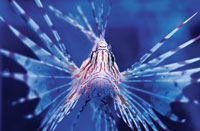 Invasive Aquatic Species
Last column, we discussed invasive species and the potentia
Invasive Aquatic Species
Last column, we discussed invasive species and the potentia
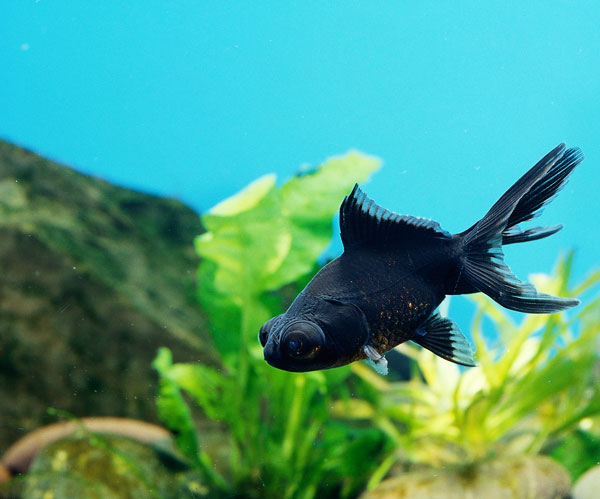 Fish and Fungus
Black Moor Q. I have two large black moor goldfish, one larg
Fish and Fungus
Black Moor Q. I have two large black moor goldfish, one larg
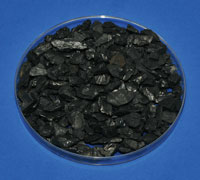 Aquarium Carbon
Whether it is for a small betta bowl, 6 million gallons
Aquarium Carbon
Whether it is for a small betta bowl, 6 million gallons
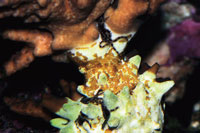 Coral and Invertebrate Quarantine Procedures
Coral and Invertebrate Quarantine Procedures
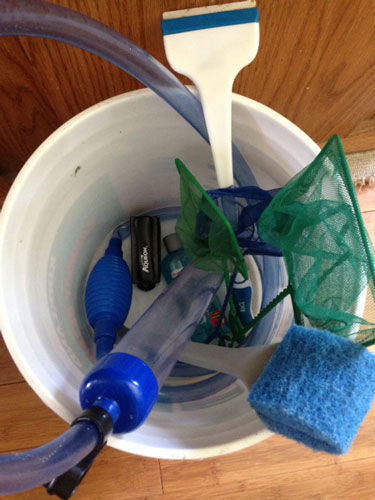 What to Keep in Your Aquarium Maintenance Bucket
It is too easy for hobbyists, especially new ones, to become
What to Keep in Your Aquarium Maintenance Bucket
It is too easy for hobbyists, especially new ones, to become
Copyright © 2005-2016 Pet Information All Rights Reserved
Contact us: www162date@outlook.com